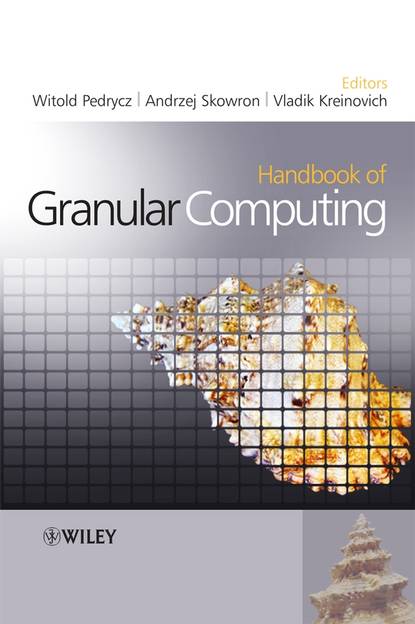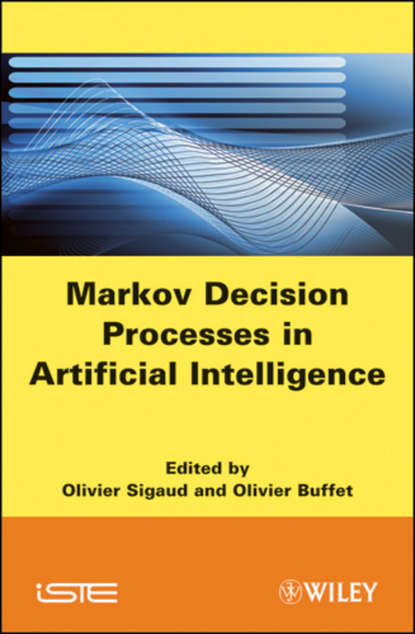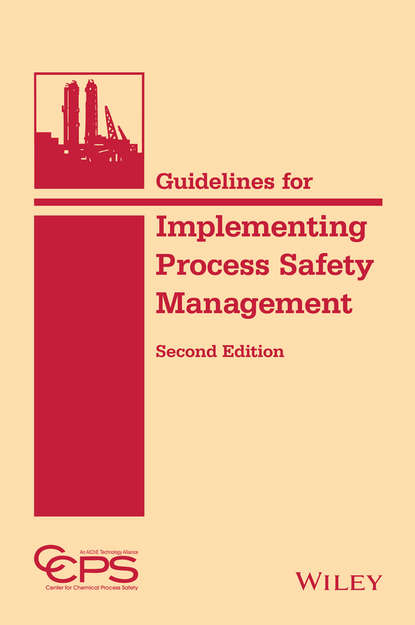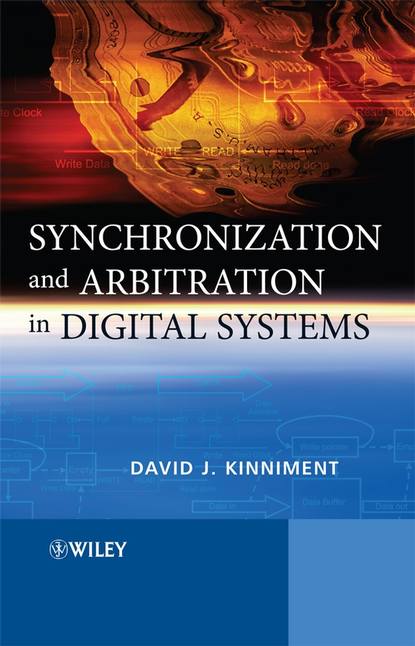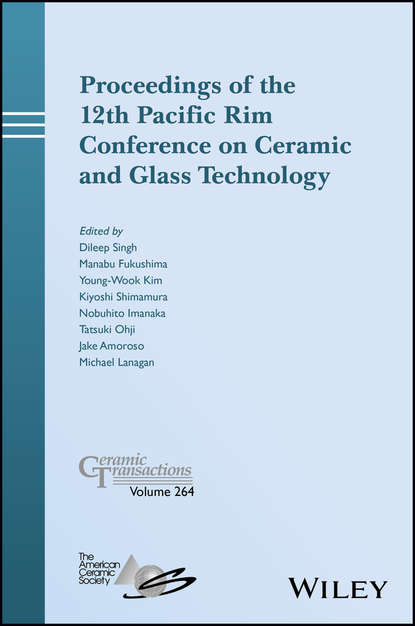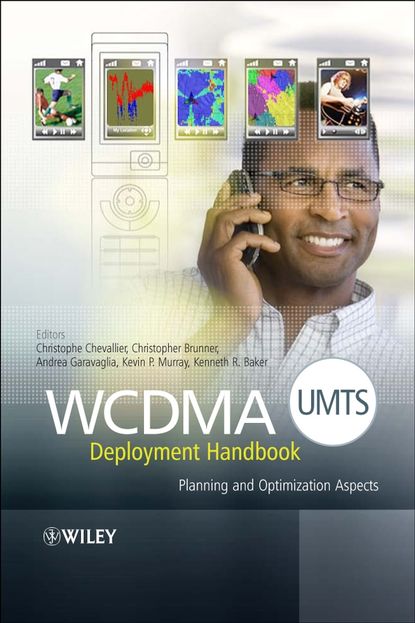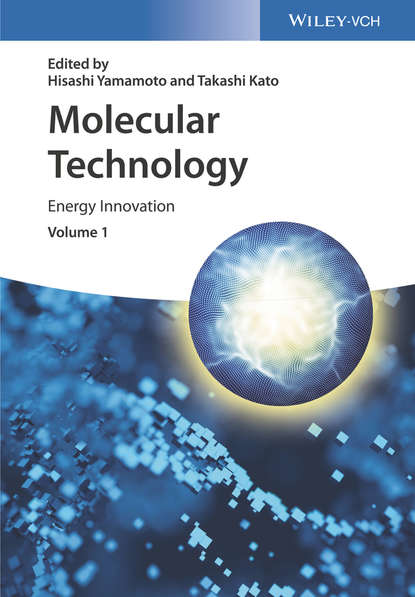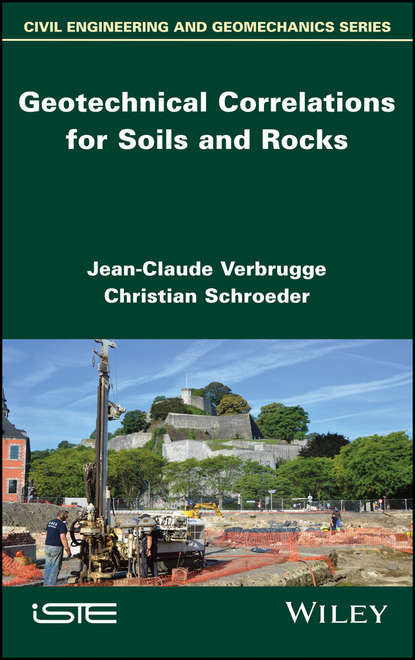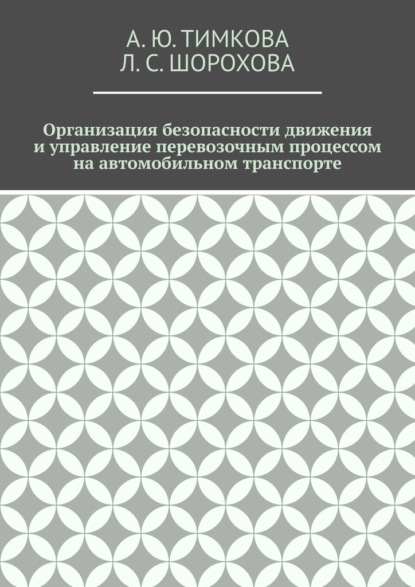Handbook of Granular Computing - это обширный справочник для сообщества, занимающегося Гранулярным вычислением (GrC), который редактировался и содержит статьи от ведущих экспертов в этой области. Хотя сама концепция GrC является относительно новой, но принципы и идеи GrC ранее появлялись в различных областях, включая искусственный интеллект, интервальный анализ, кластерный анализ, теорию квотиентного пространства и многие другие. За последние годы интерес к этой теме возрос, и GrC начал играть важную роль в областях биоинформатики, электронной коммерции, машинного обучения, безопасности, добычи данных и беспроводных мобильных вычислений в связи с вопросами эффективности, устойчивости и неопределенности.
Книга состоит из пяти разделов: введение, основы, методология и алгоритмы, разработка гибридных моделей и приложения и исследования случаев. Она представляет поток идей в систематическом и хорошо организованном порядке, начиная с концепций и мотивации и продвигаясь к детальному дизайну, который материализуется в конкретных алгоритмах, приложениях и исследованиях случаев. Книга обеспечивает читателя самодостаточным справочником, который включает все необходимые предварительные знания и дополнен пошаговыми объяснениями более продвинутых концепций.
Handbook of Granular Computing является значительным и ценным вкладом в литературу и будет интересен широкой аудитории, включая исследователей, студентов и практиков в области вычислительного интеллекта, распознавания образов, нечетких множеств и нейронных сетей, моделирования систем, исследования операций и биоинформатики.
This book focuses on the interface between philosophy and problems related to computer sciences (CIS). Written by Witold Pedrycz, a Professor at the University of Alberta, Canada, it not only offers new concepts but also new methods and algorithms based on old concepts that ease the transition process. Therefore, the concept of "Granular Computing" comes into focus that makes professionals and academic alike understand them and making use of them in numerous applications domains like bioinformatics, eCommerce, machine learning and even mobile computing. Download this book available in PDF format and gain new insights into the world of computations.
Электронная Книга «Handbook of Granular Computing» написана автором Witold Pedrycz в году.
Минимальный возраст читателя: 0
Язык: Английский
ISBN: 9780470724156
Описание книги от Witold Pedrycz
Although the notion is a relatively recent one, the notions and principles of Granular Computing (GrC) have appeared in a different guise in many related fields including granularity in Artificial Intelligence, interval computing, cluster analysis, quotient space theory and many others. Recent years have witnessed a renewed and expanding interest in the topic as it begins to play a key role in bioinformatics, e-commerce, machine learning, security, data mining and wireless mobile computing when it comes to the issues of effectiveness, robustness and uncertainty. The Handbook of Granular Computing offers a comprehensive reference source for the granular computing community, edited by and with contributions from leading experts in the field. Includes chapters covering the foundations of granular computing, interval analysis and fuzzy set theory; hybrid methods and models of granular computing; and applications and case studies. Divided into 5 sections: Preliminaries, Fundamentals, Methodology and Algorithms, Development of Hybrid Models and Applications and Case Studies. Presents the flow of ideas in a systematic, well-organized manner, starting with the concepts and motivation and proceeding to detailed design that materializes in specific algorithms, applications and case studies. Provides the reader with a self-contained reference that includes all pre-requisite knowledge, augmented with step-by-step explanations of more advanced concepts. The Handbook of Granular Computing represents a significant and valuable contribution to the literature and will appeal to a broad audience including researchers, students and practitioners in the fields of Computational Intelligence, pattern recognition, fuzzy sets and neural networks, system modelling, operations research and bioinformatics.
